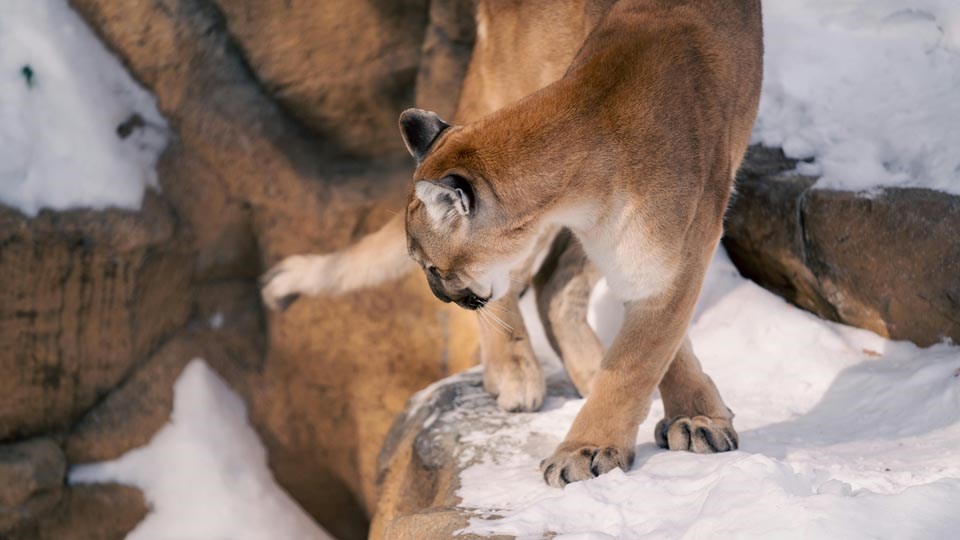SHAUNAVON — Cougars (Puma concolor), once a predominantly prairie cat, are coming home to roam once again.
As settlers homesteaded across the Canadian Prairie landscape, cougars, the largest feline in Canada, slowly moved into the mountain ranges. However, as time progresses, we can slowly notice these big cats making appearances as they continue to roam back into the Prairies.
As of 2021, an estimated 5,000 to 9,000 cougars call Canada home, with the vast majority still residing in the western region of the Great White North. This Saskatchewan native cat species still makes the southwest of Saskatchewan part of its roaming area.
According to the Government of Saskatchewan website, cougars are a natural part of the ecosystem in Saskatchewan. They have been known to travel along the southern region, heading into the Cypress Hills, where they have been known to inhabit all year round.
Although the chances of regularly seeing a cougar are slim, there are still reported sightings. While the Government of Saskatchewan does not actively monitor cougar populations, Luke Dickson with the Ministry of the Environment says there have been reported sightings of cougars in Southwest Saskatchewan.
On Nov. 17, 2024, for instance, a Maple Creek woman reported a possible cougar on the outskirts of the town's west side at around 8 p.m. to the Town of Maple Creek and the RCMP. As it was dark outside, the animal was no longer visible once it had moved further away. A Maple Creek conservation officer attended the following day once he was aware of the sighting.
The last reported shooting of a cougar was on Oct. 12, 2024, a few miles from Eastend. Before that incident, another cougar was reported shot on Nov. 2, 2023, in the East Block of the Cypress Hills. Cougars have been reported trapped as well, with the last one being on March 9, 2024.
More than three years ago, there was a famous cougar incident in Shaunavon. The cougar was captured and euthanized after it had already killed a pair of alpacas owned by the John MacDonald family, who live south of Shaunavon along Highway No. 37.
The cougar had also been coming into the yard and getting close to the house, threatening a family pet, and had lost all fear of people. The cougar was ultimately trapped by a conservation officer, now retired, and was euthanized due to public safety concerns.
The MacDonalds asked to have the cougar donated to the Grand Coteau Centre so that it could be used for historical and educational purposes. The museum in turn had Sapphire Taxidermy do the taxidermy work on the animal, which was unveiled to the public during a special ceremony in Shaunavon in the spring of 2024.
During the event, a conservation officer noted that it is a rare occurrence for cougars to be captured and killed, especially around the Shaunavon area.
The cougar now has an important place in the natural history room of the Grand Coteau Centre.
In Saskatchewan, licensed cougar hunting is not allowed. However, trapping is permitted with a fur license. Though farmers and ranchers, for example, can use lethal force, without a license, to protect property, including livestock, against cougars. If this use of force occurs, an immediate report to a conservation officer must be made.
Prairie residents must remember that cougars are, in fact, part of a healthy ecosystem and are generally looking for other wildlife to make their next meal and would rather stay away from human-occupied areas.
According to a recent email from Dickson, "Very seldom are conservation officers aware of attacks on livestock. An agricultural producer would be in contact with their closest Ministry of Agriculture (MOA) office, who investigate injured or dead farm animals. Depending on the cause of injury or death, the MOA may compensate a producer for the animal. We recommend contacting the Ministry of Agriculture for further details."




